To celebrate the 80th anniversary of the August Revolution and National Day September 2, many large-scale art and cultural programs took place across the country, bringing the public unique art parties.
One of the notable events was the premiere of the movie “Red Rain” organized by People's Army Cinema and Galaxy Studio.
“Red Rain” - a feature film about the revolutionary war, scripted by writer Chu Lai, inspired and fictionalized from the 81-day and night event (June 28, 1972 to September 16, 1972) of the heroic and resilient fighting of the people and cadres and soldiers to protect Quang Tri Citadel in 1972 - a fierce battle that contributed significantly to creating a turning point at the Paris Conference negotiation table, paving the way for the great victory of Spring 1975, liberating the South, and unifying the country.
From the movie "Red Rain," let's learn about Quang Tri Citadel - where every brick and every corner of the citadel is imbued with history, telling the story of a heroic time of the nation.
Quang Tri Citadel is located in the center of Quang Tri town, Quang Tri province, about 2 km east of National Highway 1A and on the gentle Thach Han River.
Built during the reign of King Gia Long (1809) in Thach Han commune, the citadel was initially built of earth. In 1837, under the reign of King Minh Mang, the citadel was rebuilt of bricks, becoming a solid architectural structure with the role of administrative and military center of Quang Tri province.
Throughout history, Quang Tri Citadel has been especially marked by the fierce 81-day and night battle in 1972, where thousands of soldiers heroically sacrificed their lives to protect national independence. Their blood and bones have soaked into every brick and every inch of land here.
Today, what remains of the Citadel are not only moss-covered walls or traces of war, but also sacred symbols, reminding of a tragic period of the nation. This relic has become a spiritual destination and a place to educate the young generation of today and tomorrow about the profound tradition of patriotism.
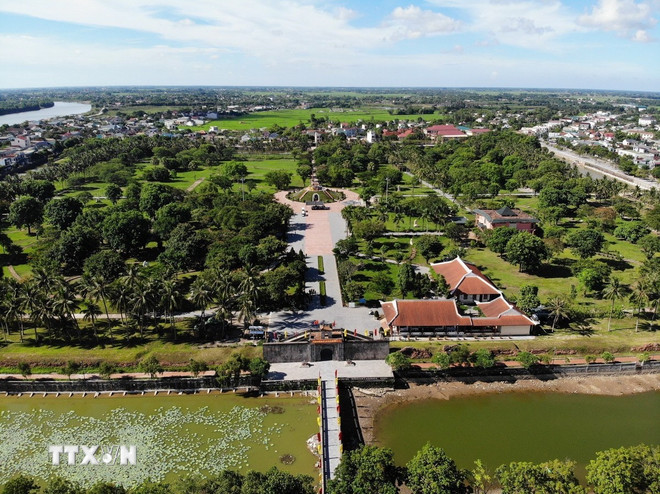
Typical square architecture
Quang Tri Citadel stands out with its characteristic square design, reflecting the typical features of Vietnamese Nguyen Dynasty citadel architecture and the combination with Vauban style, a famous military model from 17th-18th century Europe.
The wall has a circumference of about 2,160 meters, an average height of 4.3 meters, the base of the wall is more than 12 meters wide, while the top of the wall is only about 0.72 meters thick.
The square design not only has aesthetic value but also optimizes defense features. The four corners of the citadel are built with four protruding bastions, increasing the ability to observe and control the entire wall as well as the surrounding area, while effectively supporting defensive and counterattack strategies. The construction materials of the citadel are carefully selected and processed. The citadel walls are made of large baked bricks combined with a mixture of lime, molasses and folk additives, creating a durable structure that stands the test of time.
Despite going through harsh battles, some sections of the wall remain almost intact, proving the superior construction techniques of the ancients.
The solid square architecture of Quang Tri Citadel not only reflects sharp strategic thinking and advanced construction techniques, but also bears the mark of a subtle fusion between Vietnamese identity and Western military. This is a precious heritage, lasting through time and clearly demonstrating the intellectual combination in the history of Vietnamese architecture.
The moat system surrounding the Citadel
The moat system surrounding Quang Tri Citadel is a unique symbol of ancient military defense architecture, carrying both historical and aesthetic value.
Designed to prevent attacks from the outside, the moat surrounds all four sides of the citadel with a unique shape: the outer bank is straight and the inner bank forms a V shape, allowing for different width distributions at specific points.
In terms of size and structure, the moat system is an impressive 250 meters long, stretching from the outer edge to the bank of the Thach Han River, and is 3.4 meters deep. A small canal was dug from the northeast corner of the citadel, connecting directly to the Thach Han River, ensuring that the moat was always full of water, not only enhancing its defensive capabilities but also keeping the system stable over time.
The moat acted as a natural barrier, both preventing enemy advances and effectively combining with the forts and walls to enhance protection. Later, since 1993, the structure has been renovated by dredging and embanking basalt cobblestones, both preserving the ancient features and creating a green landscape, contributing to air conditioning and enhancing the aesthetics of the area.
More than a strategic defense layer in the past, the moat system around Quang Tri Citadel has become a harmonious landscape element, closely associated with a tragic history but still blending with modern life. This is a testament to the longevity and adaptability of historical relics amid the flow of time.
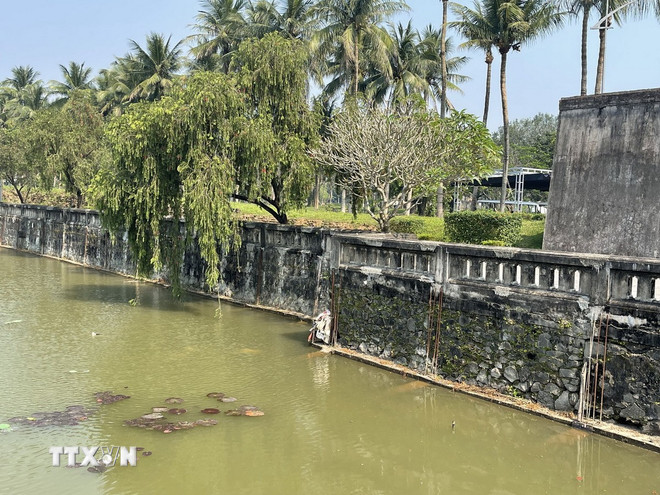
The city gates
Quang Tri Citadel has a system of four main gates located at the center of the four sides of the citadel, named after their positions: Tien (South), Hau (North), Ta (West) and Huu (East). The gates are built with a typical arched architecture, about 3.4 meters wide, using bricks and thick, sturdy ironwood. Above each gate is a watchtower covered with yin-yang tiles, creating additional aesthetic and utility value.
In terms of architectural design, the gates were constructed using the technique of “four pillars, central guard, and molding,” in which the lower floor serves as a solid base and the upper floor is a watchtower with a soft curved roof, imbued with Vietnamese tradition. The watchtower not only serves as a strategic observation point but is also a unique highlight in the art of construction.
After a fierce battle that lasted 81 days and nights in 1972, most of the city gates were severely damaged, except for the Right Gate, which still retained its structure relatively intact. Since the 1990s, the gates have been restored based on the original architecture, aiming to recreate the historical beauty of the relic.
In front of each gate is an arch bridge spanning the moat surrounding the citadel, serving as a connection between the inner city and the outskirts. Despite suffering much damage from bombs and bullets, some vestiges of the arched sewers have been preserved and restored since 1993, bringing a more vivid image to the relic site.
The entire system of gates is not only a means of transportation or defense but also a symbol of Vietnamese architectural style. It reflects the harmony between military function and traditional architectural beauty, becoming an indispensable part of the sacred historical space of Quang Tri Citadel.
Inner Citadel
Quang Tri Citadel is a complex of works with close coordination between administrative and military functions, systematically planned, bearing the mark of the Nguyen Dynasty.
The Hanh Cung, located about 500 meters from the Tien Gate, is the central and most important structure. With a circumference of 400 meters and surrounded by a solid brick wall, it was once the workplace and residence of powerful high-ranking officials.
The administrative residences in the inner city include the residences of the Governor, the Judge, the Governor, and the Commander, along with auxiliary buildings such as the Inspectorate, the military barracks, the granary, the prison, etc. All were built in the style of the Nguyen Dynasty's communal houses: sturdy wooden frames, tiled roofs, combined with brick or wooden walls to create a characteristic ancient look.
The prison, located in the northeast corner of the citadel, is a haunting historical structure. Built during the Nguyen Dynasty and expanded during the French colonial period, it housed many political prisoners. The tragic yet resilient stories associated with this prison have left a deep mark on the nation’s history of struggle.
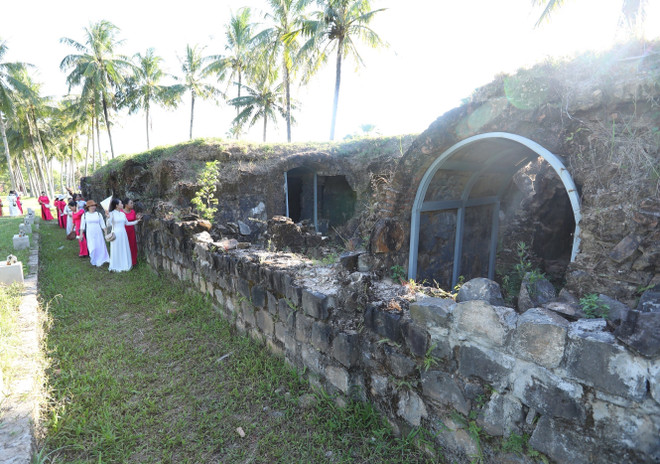
Quang Tri Citadel Memorial
Located in the center of Quang Tri Citadel, the memorial was built as a mass grave, commemorating thousands of soldiers who fell in the fierce battle that lasted for 81 days and nights in 1972. This work was designed according to the philosophy of yin and yang, combining elements with deep spiritual and traditional meanings.
The octagonal part of the altar represents the Bagua, with four steps representing the four symbols, while the incense offering level represents the dual meaning. The top is the Heavenly Mandate Tree, with the flame representing the glory of war. The three surrounding clouds represent the three powers (Heaven-Earth-Human), while the three bowls of rice on the lamp recall the folk custom of offering rice to the deceased with respect.
The space inside the hollow tomb, with two intersecting axes, was designed to symbolize the convergence of the souls of thousands of soldiers from all over the world. This not only creates a sacred space but also evokes a strong sense of spiritual connection.
The memorial is not only a place to mark the great contributions of heroic martyrs but also a sacred symbol of the harmony between the past and the present.
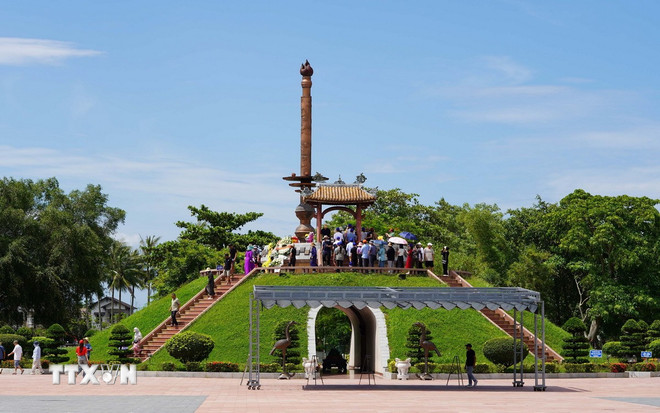
Quang Tri Citadel today
After the war, Quang Tri Citadel was heavily damaged, but since the 1990s, structures such as the citadel gate, moat, and memorial have been restored. Today, this relic is a must-see destination when traveling to Quang Tri, where visitors can visit ancient architectural structures such as the citadel gate, moat, and underground tunnel system; learn about history through the Citadel Museum and war artifacts.
Visitors will also burn incense and release flower lanterns on the Thach Han River to pay tribute to the heroic martyrs.
Quang Tri Citadel is not only an architectural masterpiece with its solid square shape, moat system and arched gates, but also a symbol of patriotism and great sacrifice. Every brick and every corner of the citadel is imbued with history, telling the story of a heroic time of the nation.
Quang Tri Citadel was ranked as a National Monument in 1986 according to Decision No. 235/QD-VH of the Ministry of Culture.
In 2013, according to Decision No. 2383/QD-TTg of the Prime Minister, Quang Tri Citadel was recognized as a special national monument./.
Source: https://www.vietnamplus.vn/tu-bo-phim-dang-gay-chu-y-mua-do-tim-hieu-ve-thanh-co-quang-tri-post1057345.vnp




![[Photo] Prime Minister Pham Minh Chinh receives CEO of Samsung Electronics](https://vphoto.vietnam.vn/thumb/1200x675/vietnam/resource/IMAGE/2025/8/26/373f5db99f704e6eb1321c787485c3c2)
![[Photo] Prime Minister Pham Minh Chinh chairs meeting of National Steering Committee on International Integration](https://vphoto.vietnam.vn/thumb/1200x675/vietnam/resource/IMAGE/2025/8/26/9d34a506f9fb42ac90a48179fc89abb3)

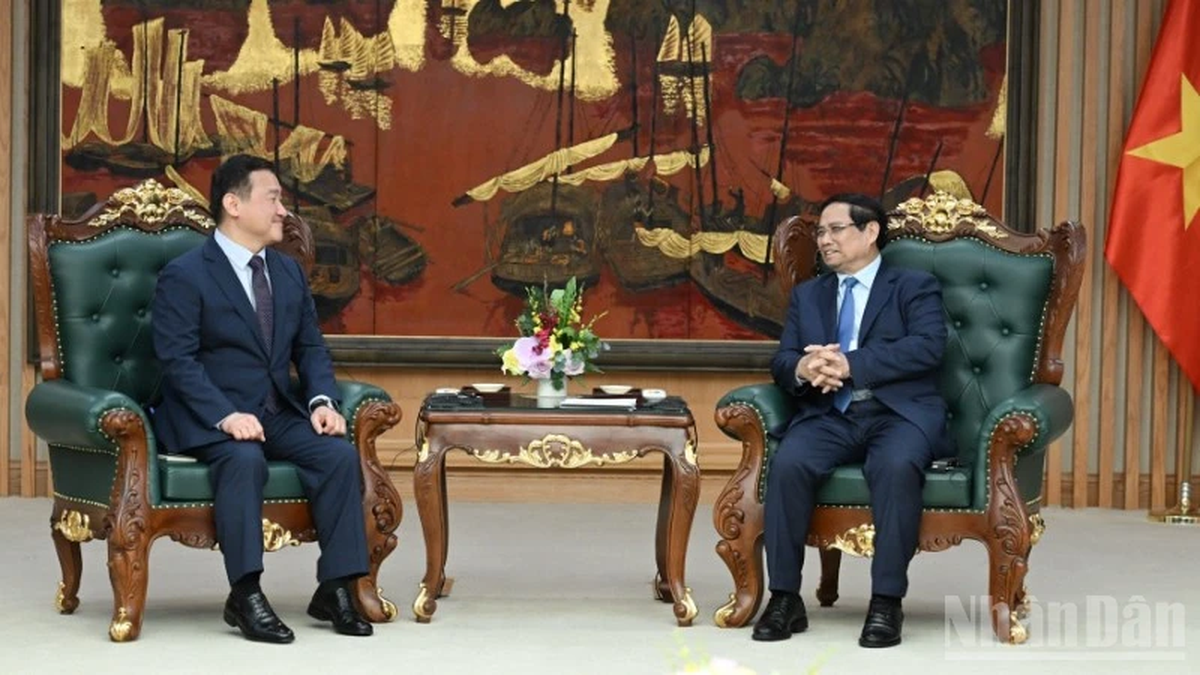
![[Photo] Multi-colored cultural space at the Exhibition "80 years of the journey of Independence - Freedom - Happiness"](https://vphoto.vietnam.vn/thumb/1200x675/vietnam/resource/IMAGE/2025/8/26/fe69de34803e4ac1bf88ce49813d95d8)
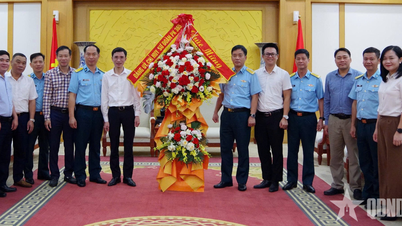

![[Photo] Imprints of the National Day parade in history](https://vphoto.vietnam.vn/thumb/402x226/vietnam/resource/IMAGE/2025/8/26/06b4ba9c0cba42dcb9bf559ed79a0a4d)

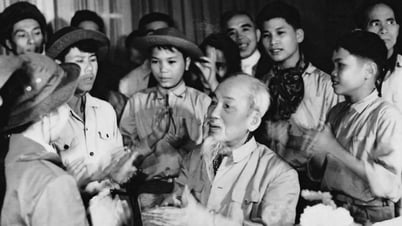




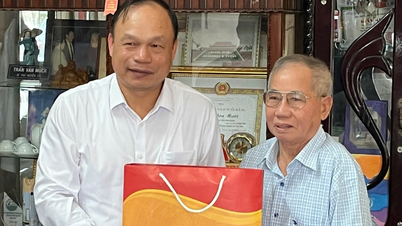


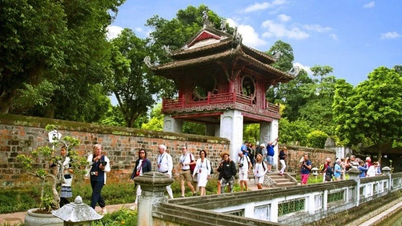




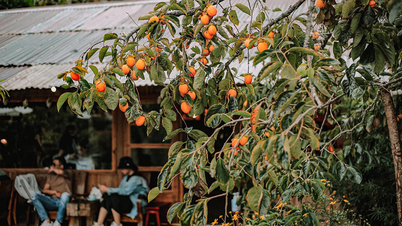








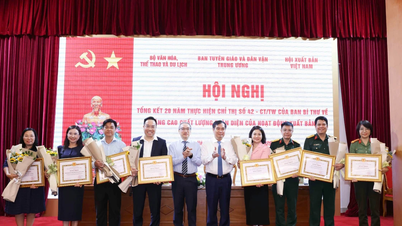
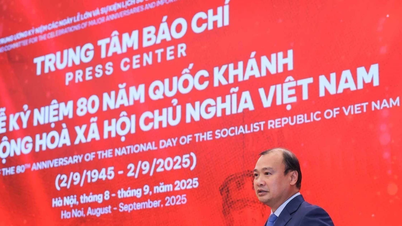
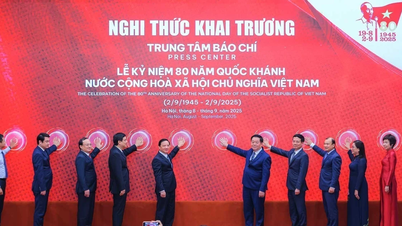

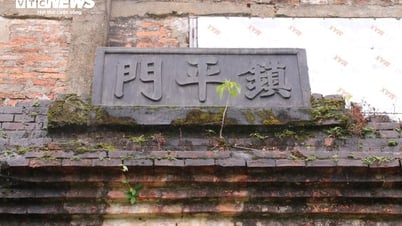

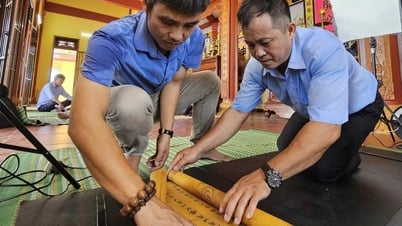



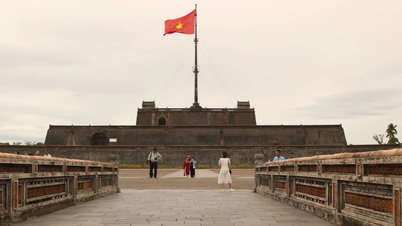

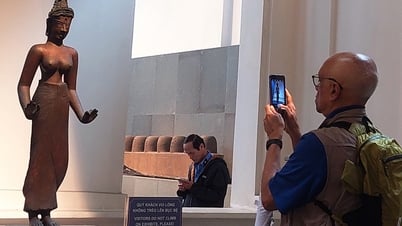









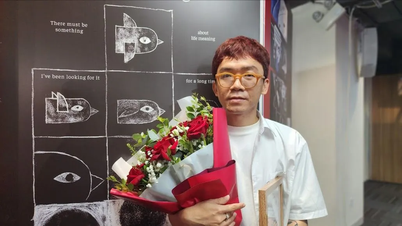


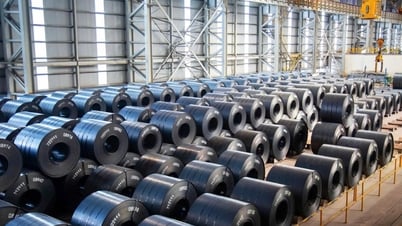


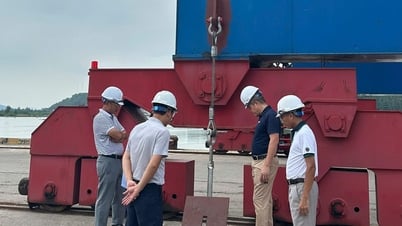



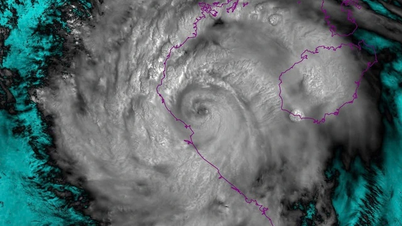


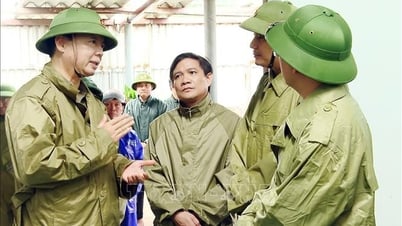








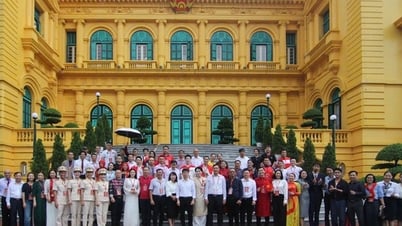


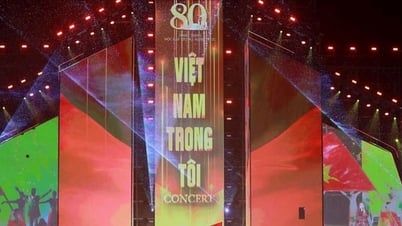



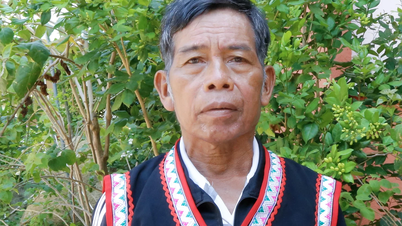

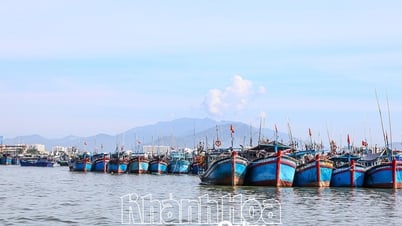
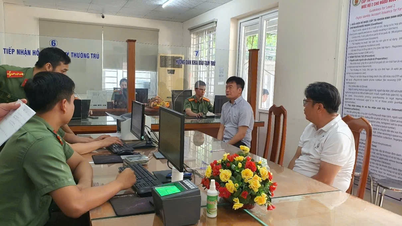
















Comment (0)